Natural Area Preservation News
Protecting and restoring Ann Arbor's natural areas and fostering an environmental ethic among its citizens.
Volume 18, Number 3
Autumn 2013
In this Issue:
20 Years Later, Remembering NAP's Beginning
by Dave Borneman, NAP Manager
November 15, 1993. My first day of work as the City’s Natural Area Preservation Coordinator. I stopped by City Hall for a “five minute chat” with my new boss, Ron Olson. On my way in, I decided to load the parking meter for one hour, just to be sure. At 9:05, I returned to my car to find my first parking ticket in my new home town - welcome to Ann Arbor!
I drove to my new office at 415 W. Washington, the former County Road Commission building that still stands across the street from the new YMCA. The Forestry and Park Maintenance Divisions were housed there and space was carved out for my office. One of the larger offices was split in two, creating a narrow space only about five feet wide for my office. I was led to this newly created space completely bare and void of any office furniture or even a phone, and told, “We’re not really sure what you’re supposed to do, but here’s where you’re supposed to do it!” Talk about starting from scratch!
The big issue brewing in the Parks and Recreation Department when I started revolved around a piece of property known as Cardinal Woods. It was a 10-acre block of woods and old field, surrounded on three sides by Brown Park, which has since been re-named “Mary Beth Doyle Nature Area,” in southeastern Ann Arbor. The property was owned by the Ann Arbor Public Schools, who were planning to sell it to a developer. But the neighbors were leading a coalition of forces who were asking the City to buy it as parkland instead. What to do? What was the ecological significance and value of this piece of property? Was it worth acquiring as parkland? These were the questions asked of me, the new nature guy - new to not only the City, but to all of Michigan.
Late fall/early winter is a lousy time to survey a natural area. Not only did I not know what plants were present during the growing season – which would have told me something about the ecological quality of the site. But I had no idea how this particular parcel of land compared with the other 2000 acres of parkland across the city, or any of the other vacant parcels in town.
Well, the happy ending to that story is that “Cardinal Woods” became part of Brown Park. That experience told me which direction I needed to head in developing this new NAP Program. I needed to come up to speed pretty quickly on the dozens and dozens of park nature areas scattered across the City, and I knew that the coming growing season was when I needed to do it.
So in Spring, 1994, I put out the call for volunteers to help do plant inventories of some of the various parks. Seventy-five people signed up to help! I also hired three temporary staffers, botanists themselves, to help coordinate and train these volunteers. That effort was a huge success and started to give me, and my growing NAP staff, a better sense of where the higher quality biodiversity hot-spots were in the park system. Building on that success, we expanded the effort the following year and recruited volunteers to help us survey for frogs and toads, butterflies, and breeding birds.
The tremendous diversity of native species in our park system was a real surprise for this Illinois farm boy, who came to the job assuming that City-owned natural areas couldn’t compare with what I had grown up with. But I was wrong! These surveys proved that Ann Arbor’s natural areas were home to a vast diversity of native plant, animals, and ecosystems. They also showed us which areas were in the greatest need of management—where rare species were being threatened by invasives, where trails were eroding away, and where the long-absence of fire was slowly killing once-diverse native ecosystems.
The rest, as they say, is history. (Twenty years of it so far.) Staff has expanded, and volunteer involvement has grown tremendously. But still, our basic approach remains the same: combine skilled staff and well-trained volunteers to identify park natural areas that need stewardship help, and work together to make that stewardship happen.
Shortly after being hired in 1993, someone pulled me aside to remind me that there was no long-term guaranteed funding for NAP. The millage only lasted five years. I couldn’t depend on this position lasting any longer than that. What a tremendous honor it has been for me over the past twenty years to watch NAP grow from a new idea to a core part of the Parks and Recreation Department, and from a novelty in the ecological restoration community to a model for others across the nation who are interested in protecting and managing their urban natural areas. A sincere thank you to every single staff member and volunteer who has helped make NAP what it is today, and what it will become in the future. Truly, we couldn’t have done it without you!
Working at NAP
We asked our current and former staff to share some memories and thoughts about their experiences working at NAP.
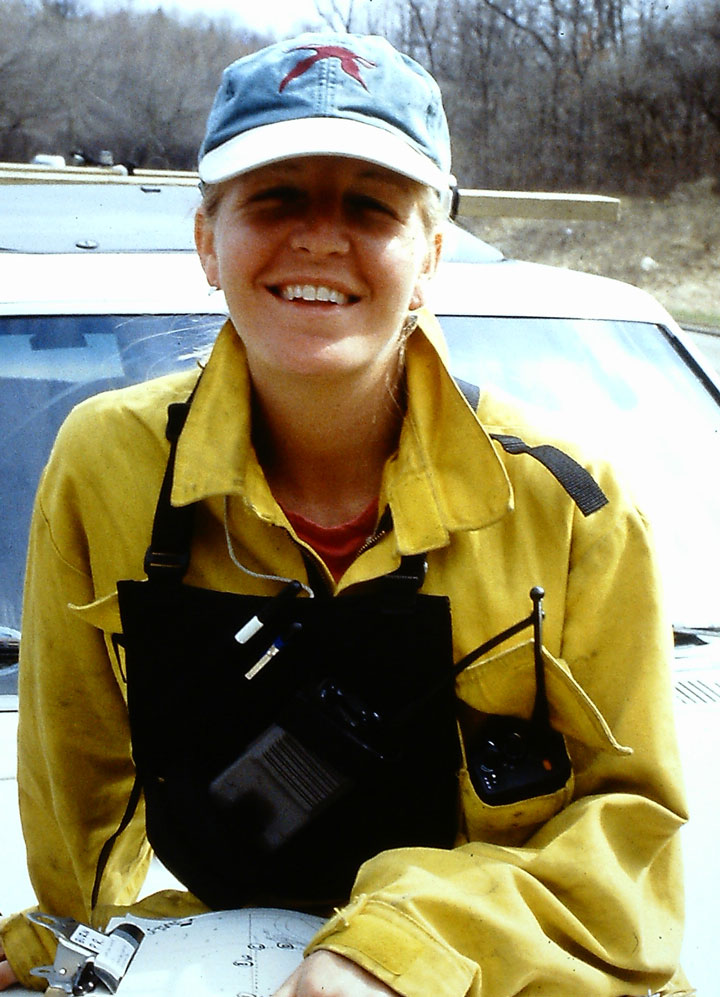
Malin Ely (Clyde)
NAP Administrative Assistant, 1996
Working at NAP taught me a lesson that has defined my career ever since: volunteers are an incredible asset, especially if you give them meaningful work. I loved working with the dedicated folks who gave freely of their time to help the environment and their community. At NAP, volunteers were valued as deeply as staff members, and our efforts were collaborative, working side by side at stewardship workdays, prescribed burns, and in the office. Back then, I had no idea how special this approach was.
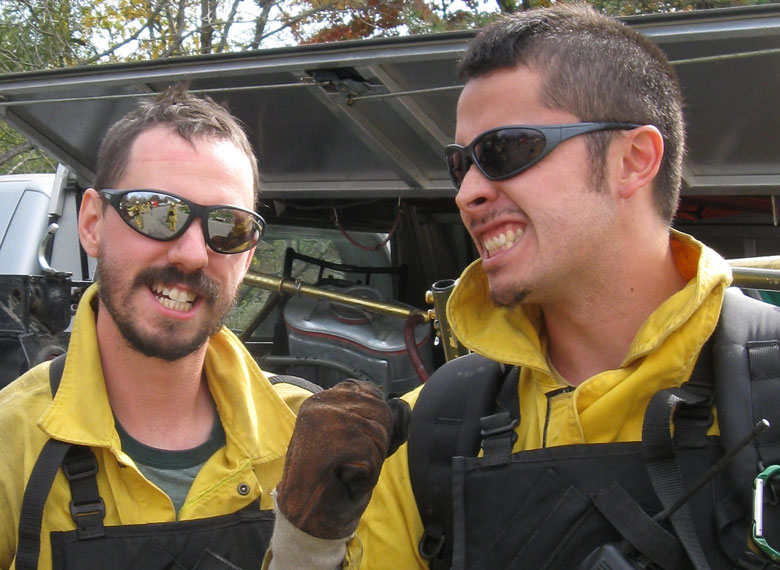
Robby Johnston
NAP Crew, 2009—Present
I’ve really enjoyed the challenges and rewards of doing restoration in some of Ann Arbor’s “ecologically-rich” green spaces. What often begins with an enthusiastic park steward or neighborhood involvement, gradually translates into conservation crew enthusiasm, and eventually evolves into an institutional fondness for, and commitment to, these areas. It’s been amazing to watch as, season after season, some of these places have transitioned from hopeless tangles of invasive species, into diverse, native ecosystems.
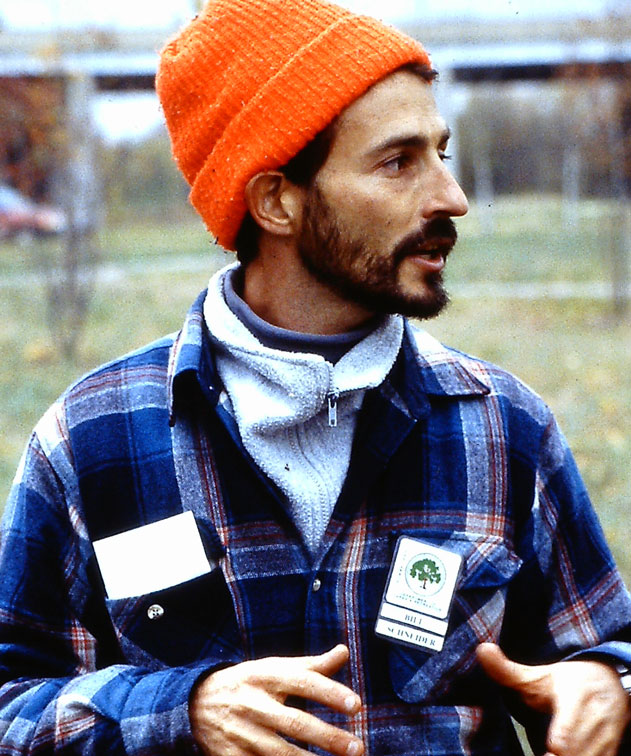
Bill Schneider
NAP Crew, 1994—1995
I think I was Dave's first full time employee. There were no vehicles, tools or premises. It was fun being at the start of the process. I hired three field staff that season which included Mike Levine who now operates his own business, Nature & Nurture in Ann Arbor and Greg Vaclavek who owns The Native Plant Nursery also in Ann Arbor. David Mindell took my position when I left and he operates Plantwise. I have remained close friends with these folks over the years.
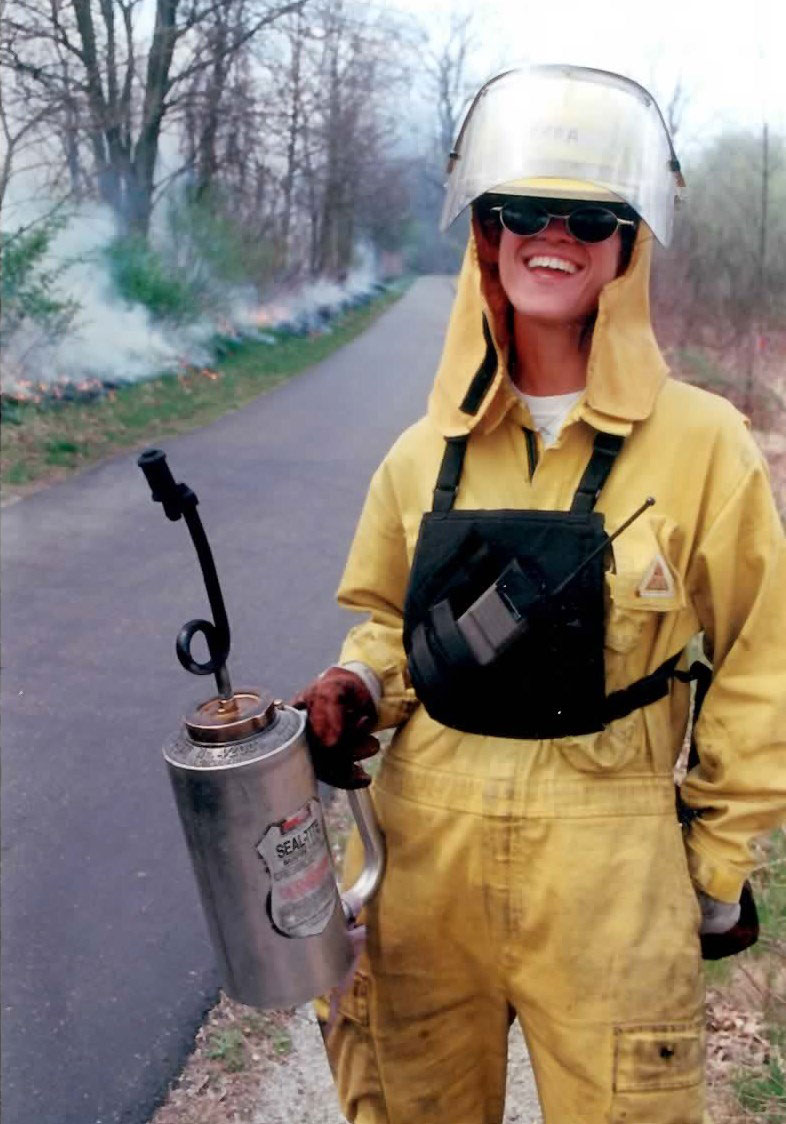
Cara Rockwell
NAP Crew, 1996—1998
I was a Conservation Worker with NAP from 1996-1998. As a recently-graduated biology student, I was thrilled to get the job and to work with a fantastic group of people. Since that time, I have lived and worked in South America, assisting local community forest managers and earning my graduate degrees. I currently live in French Guiana with my husband and two children. I believe that my time at NAP inspired me to continue my interest in community-based conservation efforts. Thanks to all of my former colleagues and volunteers for such a rewarding experience!
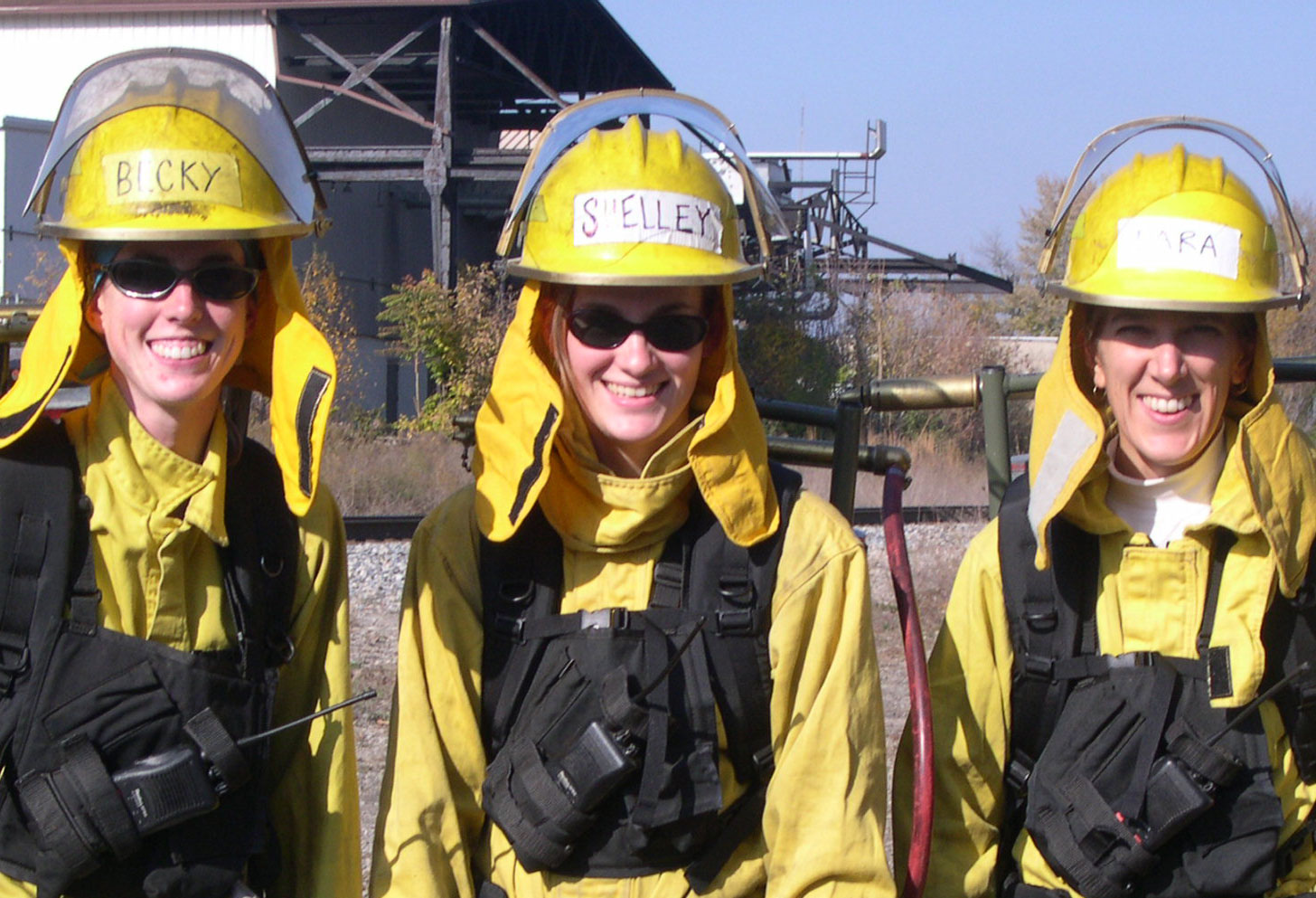
Shelley Gladwin Estelle
NAP Crew, 2004—2006
I have many fond memories of working at NAP, but some of the best include: Finding a rare hybrid salamander at the site of the future Skyline HS; seeing the wildflowers bloom after a spring burn at Bird Hills; cutting buckthorn in several feet of snow, with the thickest winter gloves and snow boots keeping me warm; leading the girl scouts to collect prairie grass seeds at Kuebler Langford, and seeing the kids quickly learn the names and characteristics of the plants; and building some gnarly trails at Cedar Bend and other steep parks.
Working with NAP
We asked the colleagues with us in the early years to share their memory of how things began.
Lisa Brush
Executive Director, Stewardship Network
I remember the first days of NAP when a lot of the work was finding and developing local folks to inventory just what was in Ann Arbor's natural areas. Dave recruited great, as I remember it, UM doctoral talent to lead and teach us how to identify grasses, wildflowers, birds, butterflies, frogs, toads, salamanders and the many wonders of our woods, fields and wetlands. What fun!
Then came the management and the outreach: observing and listening to the land and water respond, finding threatened or endangered species that hadn't been seen for 60 years and having more and more people get turned on to the magic of these places and the power of our actions to restore them.
And now, seeing talented and dedicated NAP staff and volunteers burning the woods or controlling invasives from the prairies as I run through the parks is the new normal.
Cheryl Saam
Facility Supervisor, Gallup Canoe Livery
I was working at the Leslie Science Center when NAP moved their offices there. We had filled the upstairs bedrooms with all sorts of Science Center supplies and the Leslies’ old belongings and books. I remember showing Dave the back bedroom, that would soon be his office, and the look of horror on his face for the room was so filled with stuff that you couldn’t even see the bed, let alone that there was a bed in his office. It was a joy working with the NAP staff at the Science Center!
Volunteering with NAP
We asked our most valuable players (our volunteers!) to share their memorable NAP experiences.
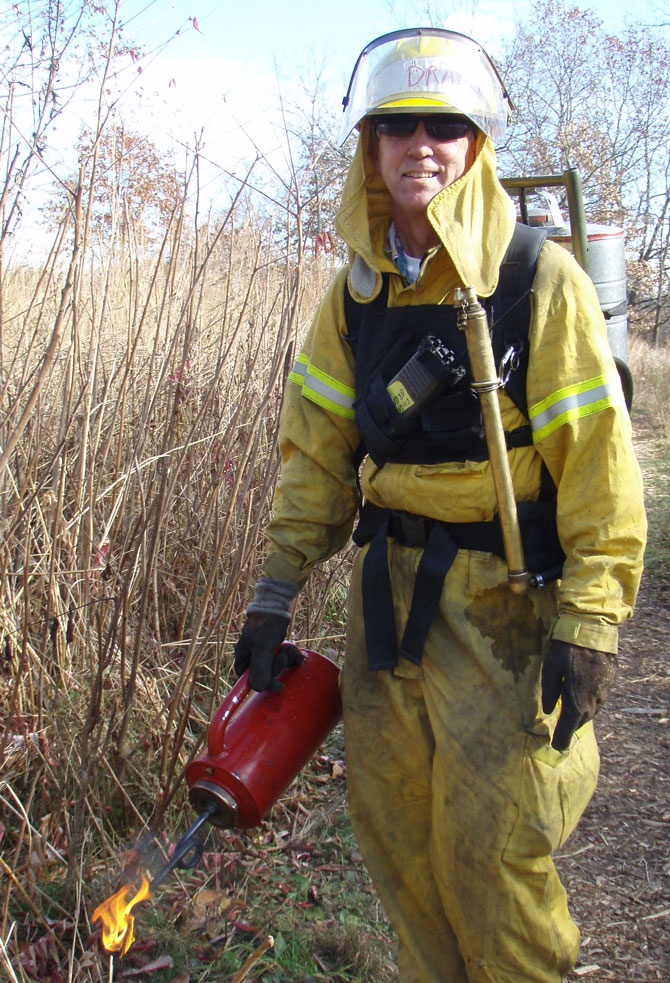
David “Drano” Steiner
Burn Volunteer
I remember burn training one year at Leslie Science & Nature Center when there were actually several inches of snow on the ground. Not to be deterred when we couldn’t actually put some fire on the ground, to simulate smoke lift/drift Billy Kirst threw snow into the air.
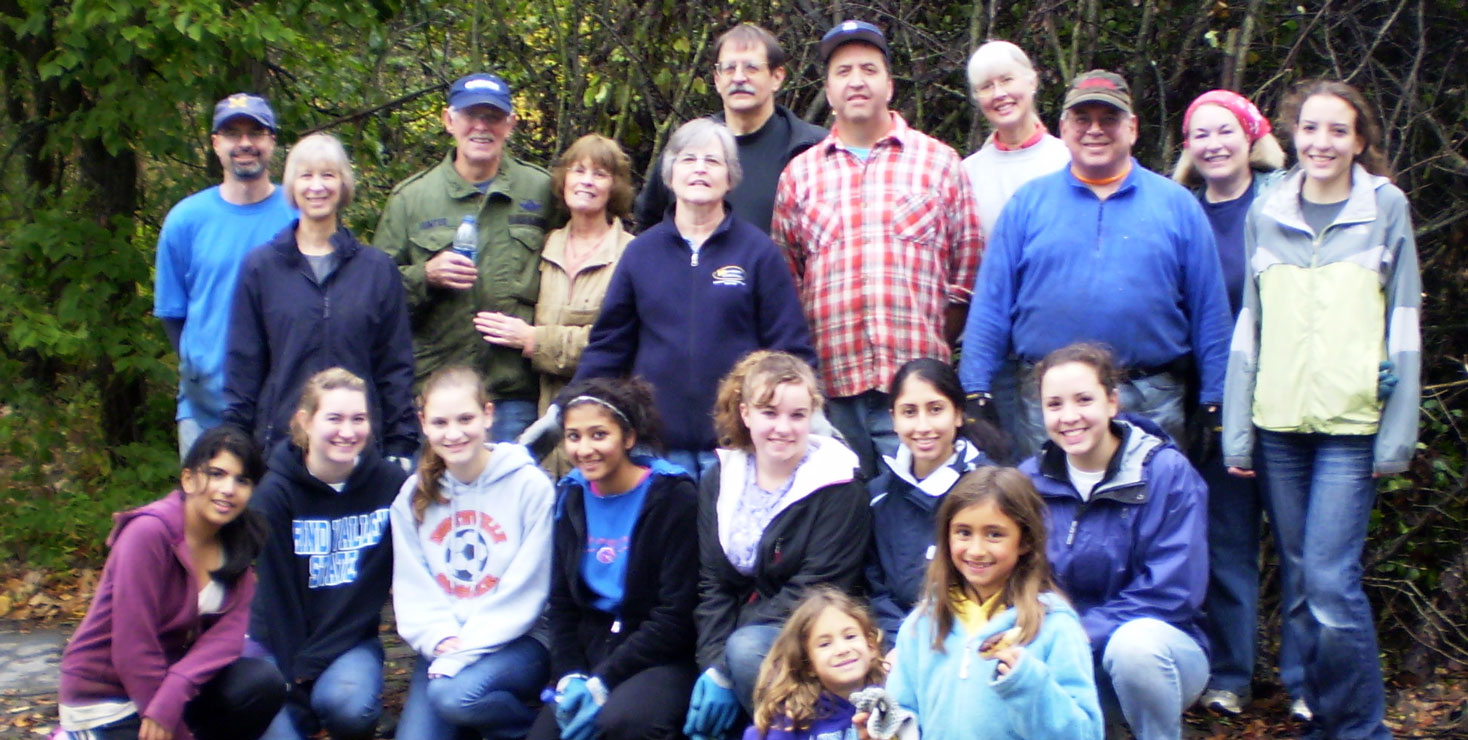
Dicken Woods Stewards
As NAP celebrates 20 years of stewardship in Ann Arbor, Dicken Woods celebrates its 10 year anniversary. In October of 2003, city council voted to purchase Dicken Woods as parkland. Since that time the neighbors have worked to preserve, protect, and improve the woods. We have added a network of trails, planted native trees and perennials, built bridges and culverts, removed invasives, and developed a positive relationship with our local school. We continue to be grateful to NAP for their support, advice, and encouragement. NAP is always ready to help, and provides a valuable service to the whole city.
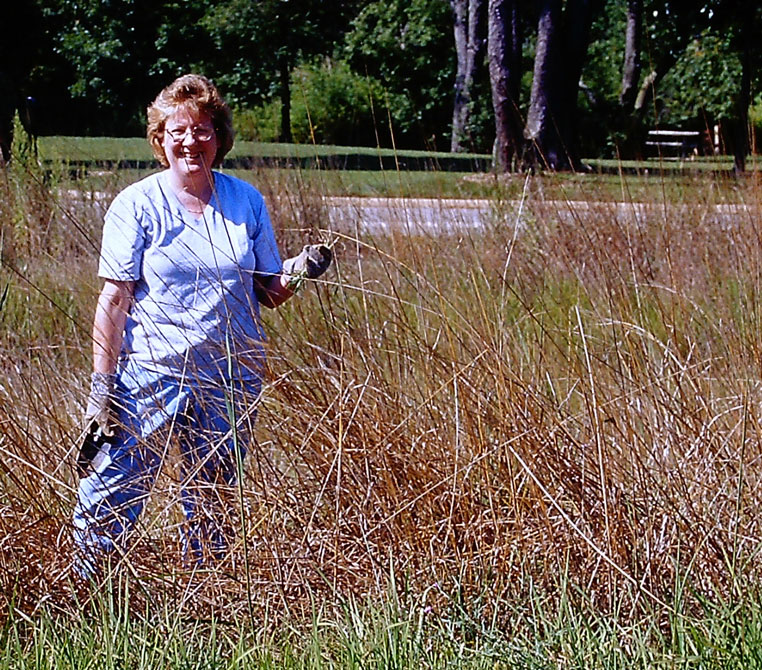
Aunita Erskine
Furstenberg Steward
My first memory at the Furstenberg Garden with NAP was getting on my hands and knees with Greg Vaclavek, looking at eeny-beany seedlings in the overgrown garden, and thinking how in the world would I EVER be able to ID those plants between all those weeds? The next week or so, Bev Walters offered to show me the plants in the rest of the park. During our speed-botany walk, she showed me a plant with the common name of “wild coffee.” I was so intrigued, I suddenly knew I HAD to learn as much as I could about native plants. And prairies in Michigan? Who had ever heard of such a thing? It was the “ah-ha” moment I needed to start learning, and then teaching.
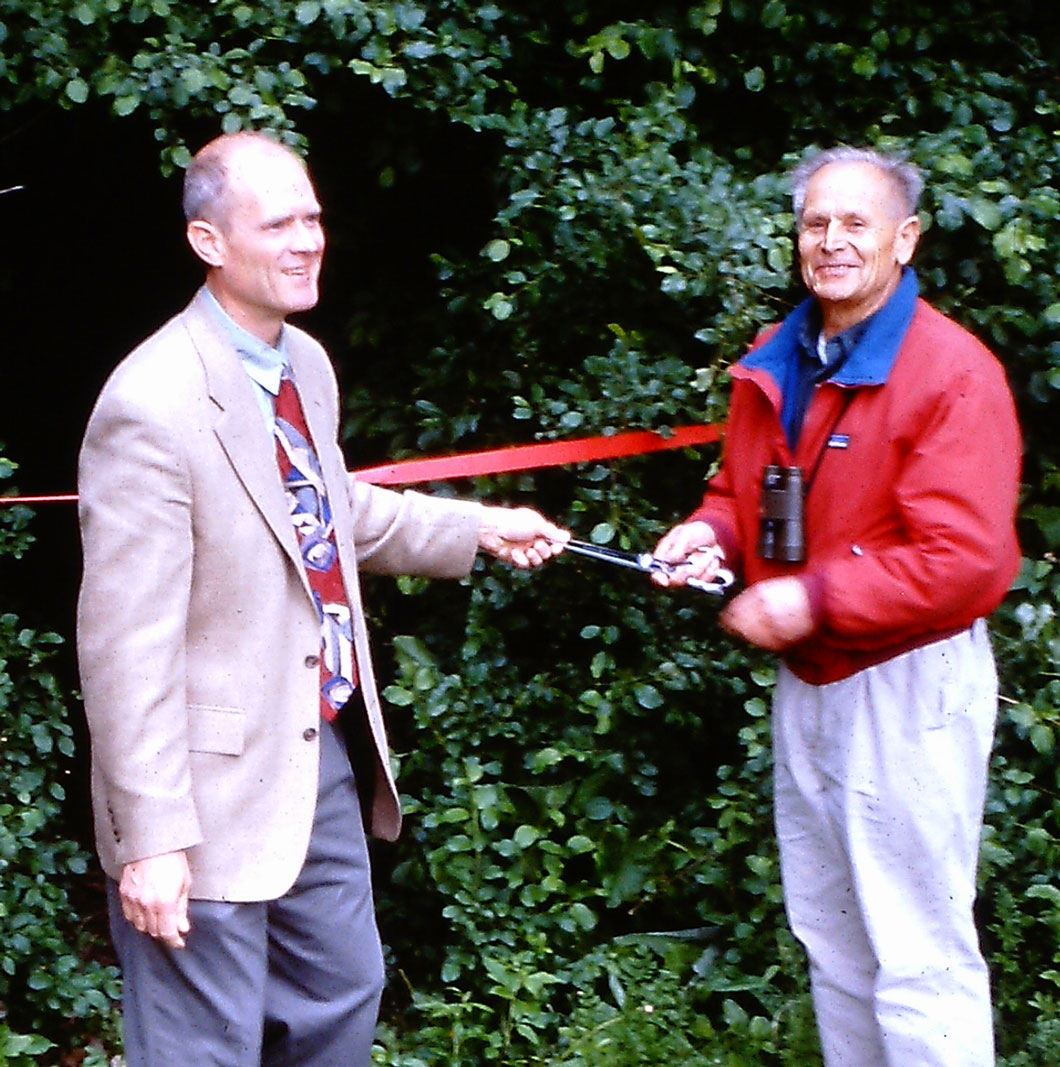
Judy and Manfred Schmidt
Scarlett Mitchell Stewards
Our most memorable work day took place a little over 5 years ago. We had agreed to put a Greek fraternity to work cutting buckthorn. We didn't know what to expect. The boys straggled in at the start time looking bleary eyed. They had forgotten that it was Daylight Savings Time and most of them had not had time for breakfast. We walked them a quarter mile through the woods to a site off Old Ellsworth Rd to get them started. First, they demolished all the snacks that NAP had provided! Still famished, they decided to call out for pizza and a couple of guys walked back to the entrance to meet the delivery guy. They hauled the stacks of pizza boxes out to the rest of the crew, who inhaled the food in nanoseconds. Once they were fueled up they got very competitive and managed to make quite a dent in the buckthorn thickets! We still crack up every time we think of this rowdy bunch.
Citizen Science
At the Gallup Canoe Livery, curly leaf pondweed and other invasive aquatic plants, have become so dense that boats can barely move through the Huron River.
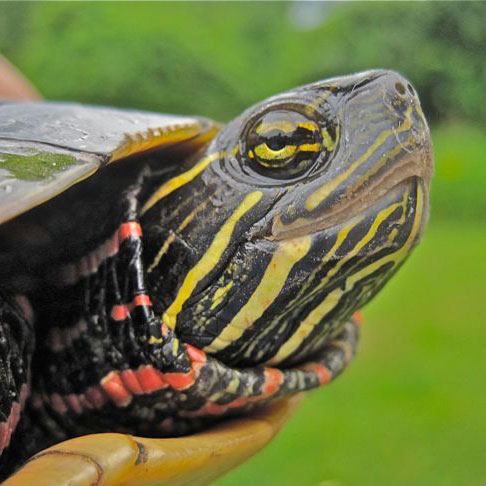
To battle this “nuisance” vegetation, an aquatic weed harvester (think of a giant lawnmower) is used to cut the weeds below the water surface, pulling them up out of the water, and transport them elsewhere to be composted. This is a relatively common practice, but little is known about the impacts to native aquatic fauna such as freshwater turtles. NAP is working with Argo River Camp to monitor impacts of the weed harvesting in this stretch of the river, where turtles are a favorite sight of kayakers and trail-goers alike. We are happy to report that so far, the turtles seem to be doing just fine!
Traver Creek Streambank Stabilization Project Completion
by Molly Notarianni
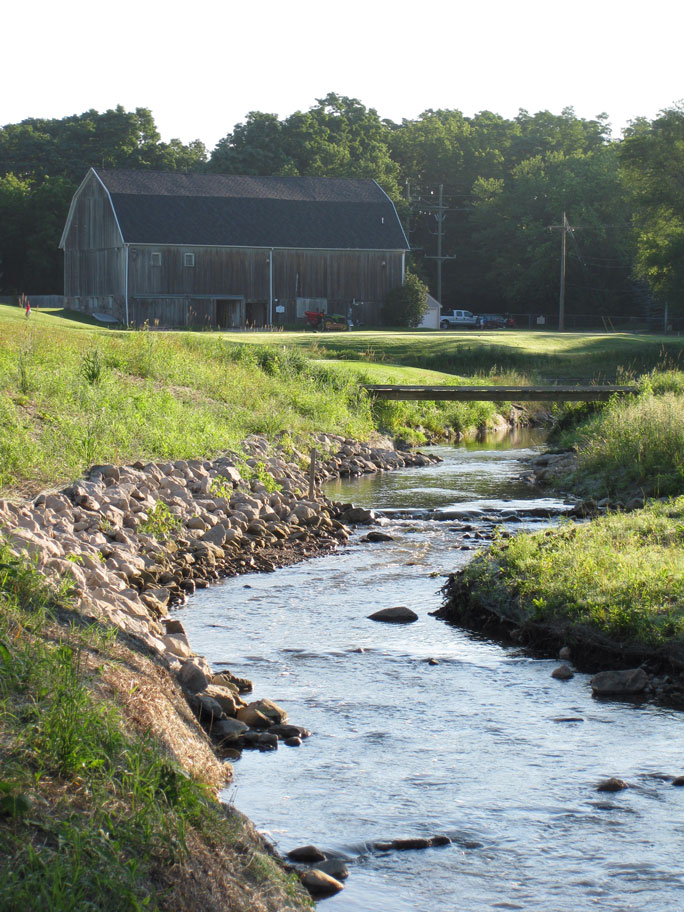
If you have spent any time at the Leslie Park Golf Course or just driven past it on Traver Road in the past six months, you may have noticed that some big changes have been underway! The City of Ann Arbor, in partnership with the Washtenaw County Water Resource Commissioner's Office, recently completed the Traver Creek Streambank Stabilization project, focusing on the portion of the creek that flows through Leslie Park Golf Course. This project has three main goals: (1) improving stormwater quality by integrating the creek into the city's stormwater system; (2) improving local ecological quality by creating increased wildlife habitat and decreasing the discharge of phosphorus downstream; and (3) creating a more beautiful golf course.
Members of the City of Ann Arbor's Parks and Recreation, Water Quality Management, Washtenaw County Water Resources, and NAP worked together to regrade, stabilize, and naturalize the streambank. In addition to creating 6.5 acres of wetland, the Traver Creek Streambank Stabilization will prevent an estimated 687 tons of erosion annually—effects that can be felt throughout the watershed!
Staff Updates: Farewell...
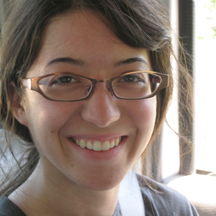
Dana Wloch
After working for NAP last summer, I loved it so much I had to come back again this year! Unfortunately my time here is short. I am involved in a bird banding program at the Rouge River Bird Observatory in Dearborn for fall migration season. I will miss the invasive species and the chiggers!

Cameron Fletcher
I've had a great summer working with NAP and I've learned so much about what it takes to preserve the natural areas around Ann Arbor. I am confident my experience here will help me as I move on to continue my studies and ultimately choose a career path. I'll miss everyone on the field crew, but I hope to continue to volunteer with NAP as long as I'm in Ann Arbor.
Beatrice Cook
I am a student in the Program in the Environment at U of M and I applied to intern at NAP so I could get a little bit of field experience while I was here for spring term taking a class. I've had the opportunity to do a lot at NAP that I haven't really done before, which I consider valuable experience as I continue my studies for my next two years at the University of Michigan. Controlled burns were new territory for me, and I am really glad that I can now identify several invasive species that I'd learned about in classes but hadn't ever worked with! I'm so grateful and glad to have spent the past summer doing work and meeting great people at NAP! Thanks!
NAPpenings: Welcome, New Park Stewards
- Louis Magagna - Bird Hills Nature Area
- Rajasekaran Rajadurai - Marshall Nature Area
- Stacie Printon - Stapp Nature Area
- Jake Miller - Hollywood Park
NAPpenings: Thank you!
Many thanks to the following groups who volunteered with NAP recently. We could not make such a difference without you!
- Alpha Omega Dental Fraternity
- Alpha Phi Omega
- American Association of University Women Garden Study Group
- AmeriCorps
- Ann Arbor Communinity Center Summer Day Camp
- Ann Arbor Open
- Ann Arbor Reconstructionist Congregation
- Ann Arbor Technical High School ESL
- Ann Arbor YMCA Youth Volunteer Corps
- Community High School
- Eagle Scouts Troop 4
- Emerson School
- EMU Delta Sigma Theta
- EMU Vision Center
- Huron High School - Jenny Wilkening's Science Class
- KT's Running Group
- Michigan Youth Workers Association
- Pioneer High School - Marty Mareno's Biology Class & Laurie Williams Science Class
- Temple Beth Emeth
- Toyota Boshoku America
- UM Central Student Government
- UM Law School
Annual Volunteer Appreciation Potluck
You are invited to join us for our annual party celebrating our greatest asset: our volunteers!
October 23, Wednesday
Cobblestone Farm
6:30 pm - 9:30 pm
RSVP by October 18
by phone: (734) 794-6627
